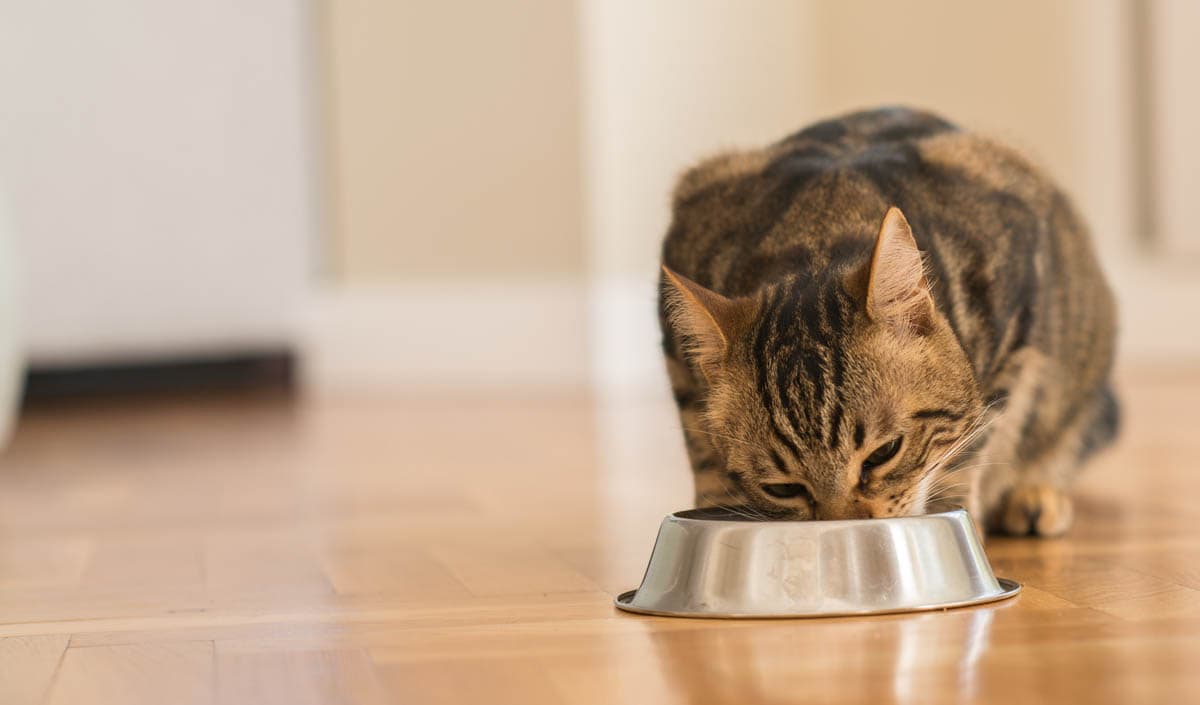What is food intolerance?
Food intolerance is an adverse reaction to food, one of its ingredients or additives. It differs from a food allergy in that there is no immune system involvement. Food allergies typically cause nonseasonal itching, especially around the head and face, swollen and inflamed areas on the face and ears, hair loss due to itching, vomiting, and diarrhea.
A common food intolerance that many people have heard of is milk. This is because many mammals lack the enzyme necessary to digest lactose, which is the major sugar in milk.
Other causes of food allergies and intolerances in cats are fish, beef, eggs, wheat, and milk. Cats can become allergic and intolerant to foods they have eaten for a long period of time.
Symptoms
As you can see above, vomiting and diarrhea are symptoms that can also be displayed in a cat who is allergic to food, however, the allergic cat also has other symptoms such as itching due to the immune response.
Clinical signs of food intolerance manifest in the following way:
- Vomiting
- Diarrhea
- Abdominal pain
- Bloating
- Flatulence
Diagnosis
Food intolerances cannot be tested for like food allergies, so they can more difficult to diagnose.
Your veterinarian will place your cat on a food elimination trial which usually lasts between 8-12 weeks. During this time, you must not give your cat any other foods, vitamins, minerals or chewable medications apart from the prescribed diet. If any other foods or vitamins are given during this trial it will invalidate the results. If the allergy clears up after the specified time then a food allergy is the likely cause. The diet given to your cat during the trial will be food the cat has never had before such as rabbit, duck or venison. The diet may be homemade or a prescription diet. This is known as the ‘elimination food trial‘.
After the trial, you may be asked to challenge your cat by re-introducing one ingredient back into the diet. If after 2 weeks the re-introduced food hasn’t caused a flare-up then add another ingredient and so on. If the symptoms return with the re-introduction of the ingredient then this is eliminated from the diet once again.
Treatment
Avoid the food which caused the intolerances, which may either be a homemade diet or a commercial one. If you are feeding a homemade diet it is important to ensure that your cat is receiving the correct nutrients in the diet.

